

Write what you are looking for and press enter to begin your search!

Live News
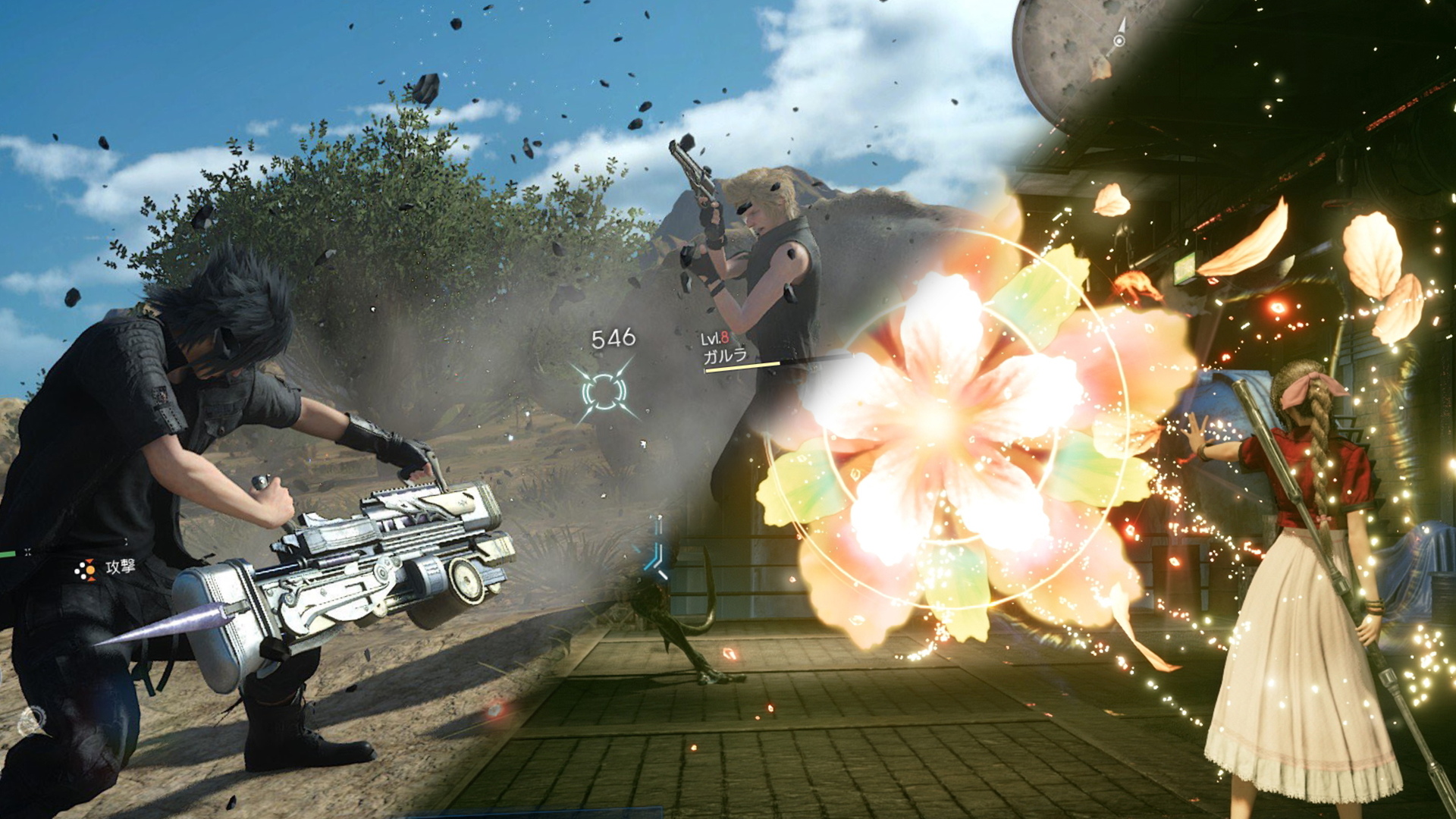

How Three Decades of Final Fantasy Shaped VII Remake’s Combat [Part 2]
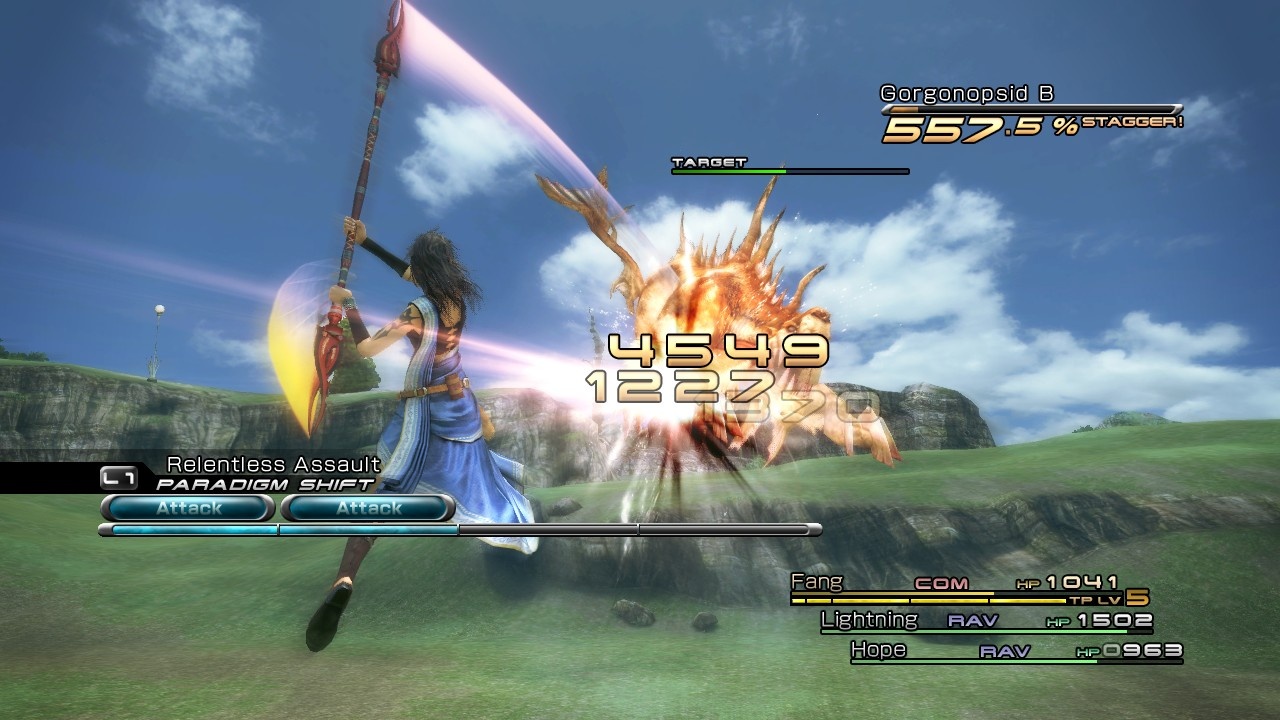
The PlayStation 2 generation came to a close, and by this point, Final Fantasy had cemented itself as an experimental franchise. Holding strong to this identity, the company continued into the PlayStation 3 and Xbox 360 consoles with Final Fantasy XIII (2009). Much of the team for FFXIII was the same as FFX, and so the linearity of the latter seemed to carry over. Likewise, the designer of FFX’s CTB system, Toshiro Tsuchida, contributed to the development of FFXIII’s brand new Command Synergy Battle (CSB) system.
After a long time, Square Enix was finally bringing back the ATB formula. The urgency of time and the requirement to make split decisions were back, albeit differently from before. Rather than having one ATB gauge, FFXIII introduced up to six ATB segments that players could utilize. MP was taken out of the equation, meaning that the cost of using spells and abilities instead became based on these ATB segments.
Another monkey wrench into the works was limiting battles to only one active party member. While players could control a party leader within the battle lineup of three, they would have to relinquish the other two members to the AI instead. This was quite unusual, and created some difficulty in being unable to fully manipulate the actions of the party. But what initially seemed like poor design did end up having nuance.
Different from its predecessors, FFXIII wanted to stress the importance of party compositions as a key to success. The Paradigm system held this key, as it allowed characters to juggle between six roles during battle: Commando for raw damage, Ravager for raising the enemy’s Chain Gauge (more on this later), Medic for healing, Sentinel for tanking and defending, Synergist for empowering allies, and finally Saboteur for weakening enemies.
Though players couldn’t issue commands to their party members, they could still direct the AI towards specific roles, after which the AI would execute commands based on their assigned role.
For instance, the character Lightning could bombard enemies with offensive spells as a Ravager, but switching her to a Medic mid-battle would immediately shift her priorities to using curative magic.
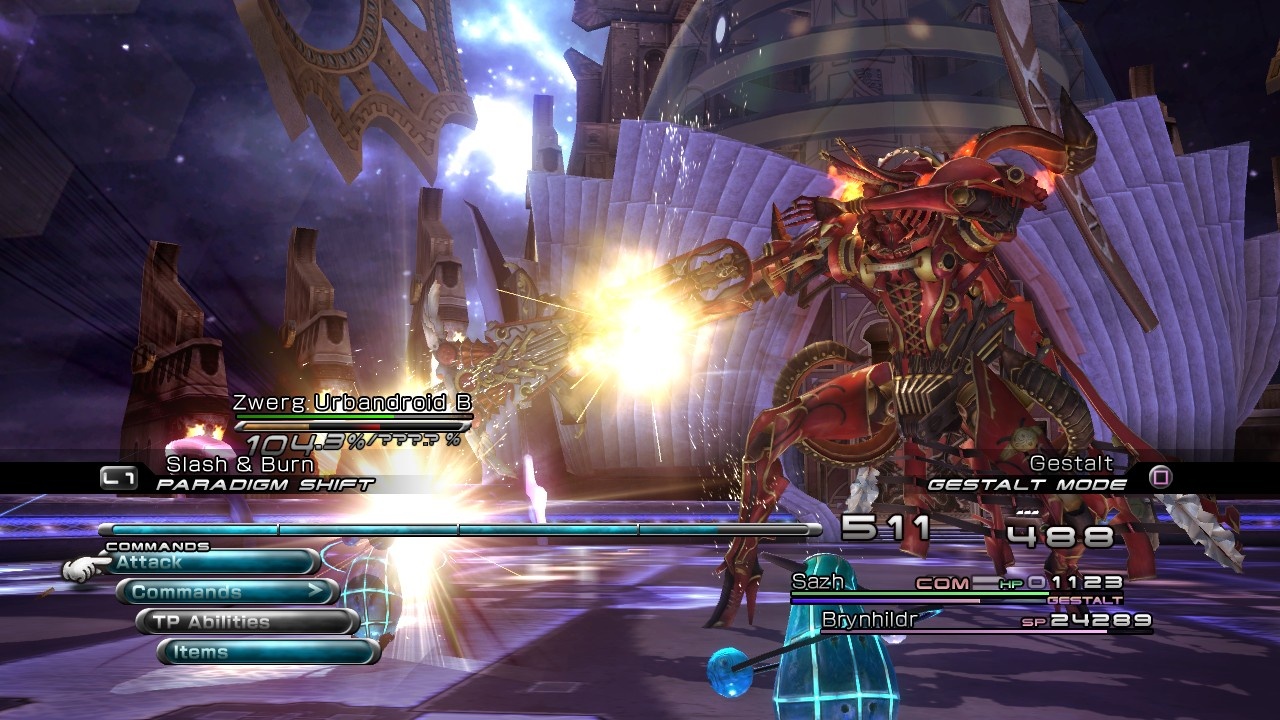
Players were given a limited number of equippable slots for different roles in their party. Called a Paradigm, each slot was free-form, and could consist of any combination of roles that players wanted for their party of three. A Commando/Medic/Commando setup, for example, prioritized offense but didn’t completely ignore allies in critical danger. A Saboteur/Sentinel/Synergist setup mitigated damage for allies while they produced valuable buffs and debuffs that could help in the long run. After setting up their Paradigms, players could then actively switch between these Paradigms in battle.
Besides shifting between Paradigms and managing the ATB gauge, players were also encouraged to take advantage of the Chain Gauge. This yellow gauge appeared on all enemies, and was also depicted by percentage numbers beginning from 100%. The gist of this mechanic was that by raising the Chain Gauge, these numbers would increase, signifying the player’s damage multipliers.
Peppering enemies with Ravager-based attacks raised the Chain Gauge substantially. The Commando role served to stabilize the decrease of the Chain Gauge over time, as well as to cash out on increased damage multipliers.
Enemies also had upper limits on their Chain Gauges which, once met, would put them into a state called Stagger. Imagine that a party pushes past the 115% threshold on a monster’s Chain Gauge. Reaching this tipping point puts the monster into Stagger status, which renders them immobile and causes their Chain Gauge multiplier to jump up to 215%. With this strategy, the party is rewarded with double damage and potentially more for triggering the Stagger status. This dynamic that the Stagger held meant that it was an essential mechanic for FFXIII players to utilize, seeing as damage outside of this status was often insignificant by comparison.
FFXIII’s battle system ended up being Final Fantasy’s most experimental one to date, with an intricacy and congruence between systems that seemed a far cry from the series and genre as a whole.
Even a decade later, the combat still exists as its own being, with few RPGs to name that could even be considered as somewhat similar.
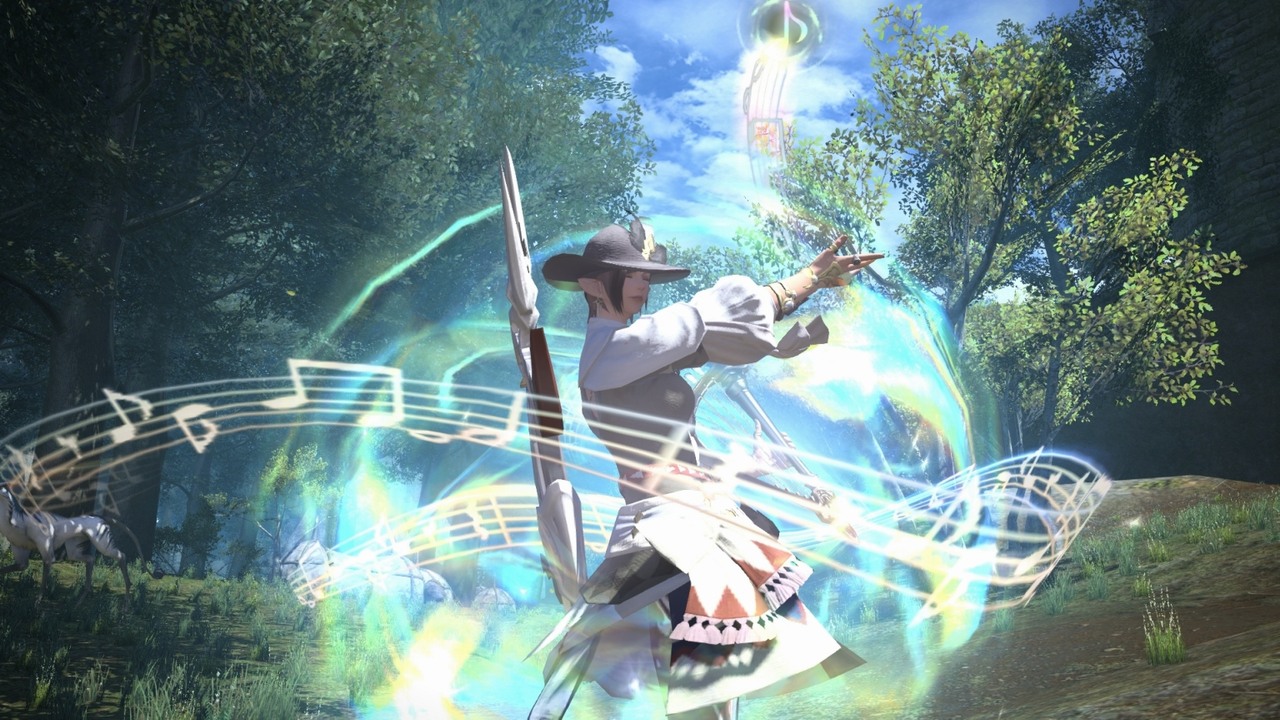
Developed concurrently with FFXIII at the time, Final Fantasy XIV (2010) was to be the sequel to FFXI insofar that it was the second MMORPG in the Final Fantasy series. But the development of this title was not without its troubles, and the game faced massive negative reception upon its release for its poor design, horrible performance issues, and is riddled with bugs among many things. Having used FFXIII’s Crystal Tools engine as a development platform, the resulting game ended up being poorly optimized for an online environment.
Facing scrutiny, the company chose to revamp the game entirely, under a new direction, a reshuffled team, and a completely different engine. Naoki Yoshida, who had been working on Square Enix’s Dragon Quest X MMORPG, was brought in to helm what would eventually become Final Fantasy XIV: A Realm Reborn (2013).
Though the original FFXIV’s battle system worked under the same principles as FFXI, Yoshida scrapped this in lieu of a more established and reliable format, based on his experience growing up with MMOs. It was a rare moment that Final Fantasy would look to its close competitors for inspiration.
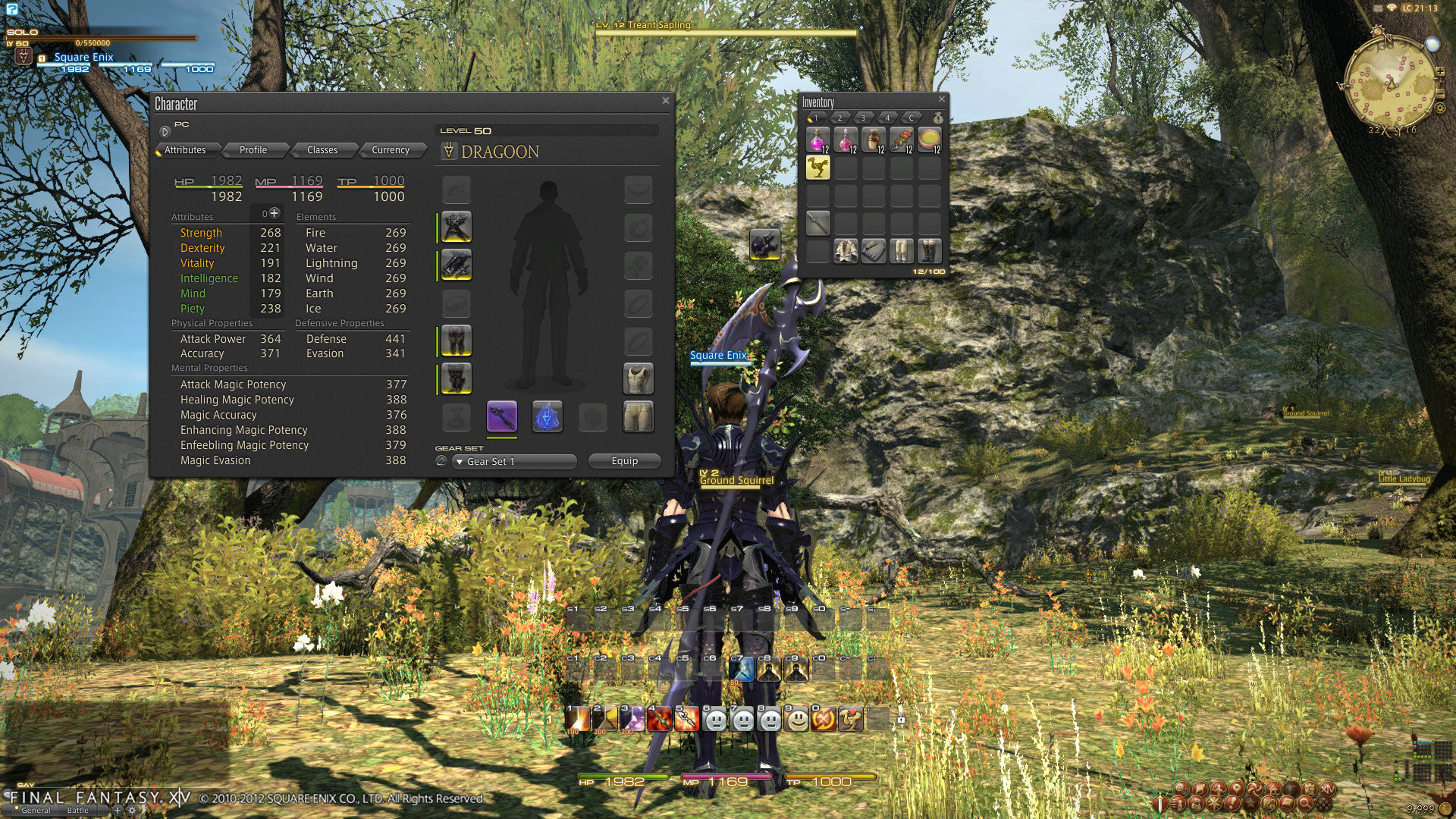
The battle system of A Realm Reborn, or FFXIV 2.0, was designed to heavily follow after the popular MMO called World of Warcraft. The Holy Trinity of MMOs, being the tank/DPS/healer archetypes, became the core of the system, with many of the classes in-game falling under one archetype or the other. Gameplay consisted of using a series of skills in an optimized order and keeping track of cooldowns in the heat of battle. The tank would protect the party, DPS classes would whittle down the boss, while healers kept allies alive. It was a simple format, but one that worked.
Boss fights in XIV were very active and mechanics-based. A constant for these fights were the presence of AOEs you had to dodge and patterns that the bosses adhered to. Mechanics ranged from having to split the damage of an AOE by standing together, having to destroy minions, achieving a certain damage threshold within a time limit, and so on. Unlike most prior Final Fantasy, FFXIV became a game that focused a lot on the navigation of 3D space as a contributor to success.
A Realm Reborn launched to positive reception, with much praise being given to how it addressed many of FFXIV 1.0’s issues. Though the game was not particularly innovative on any front, its willingness to borrow ideas from other games became its saving grace. In a way, this proved that, despite how driven the series was in producing fresh ideas and being an industry leader, there was still much that it stood to learn from other titles.
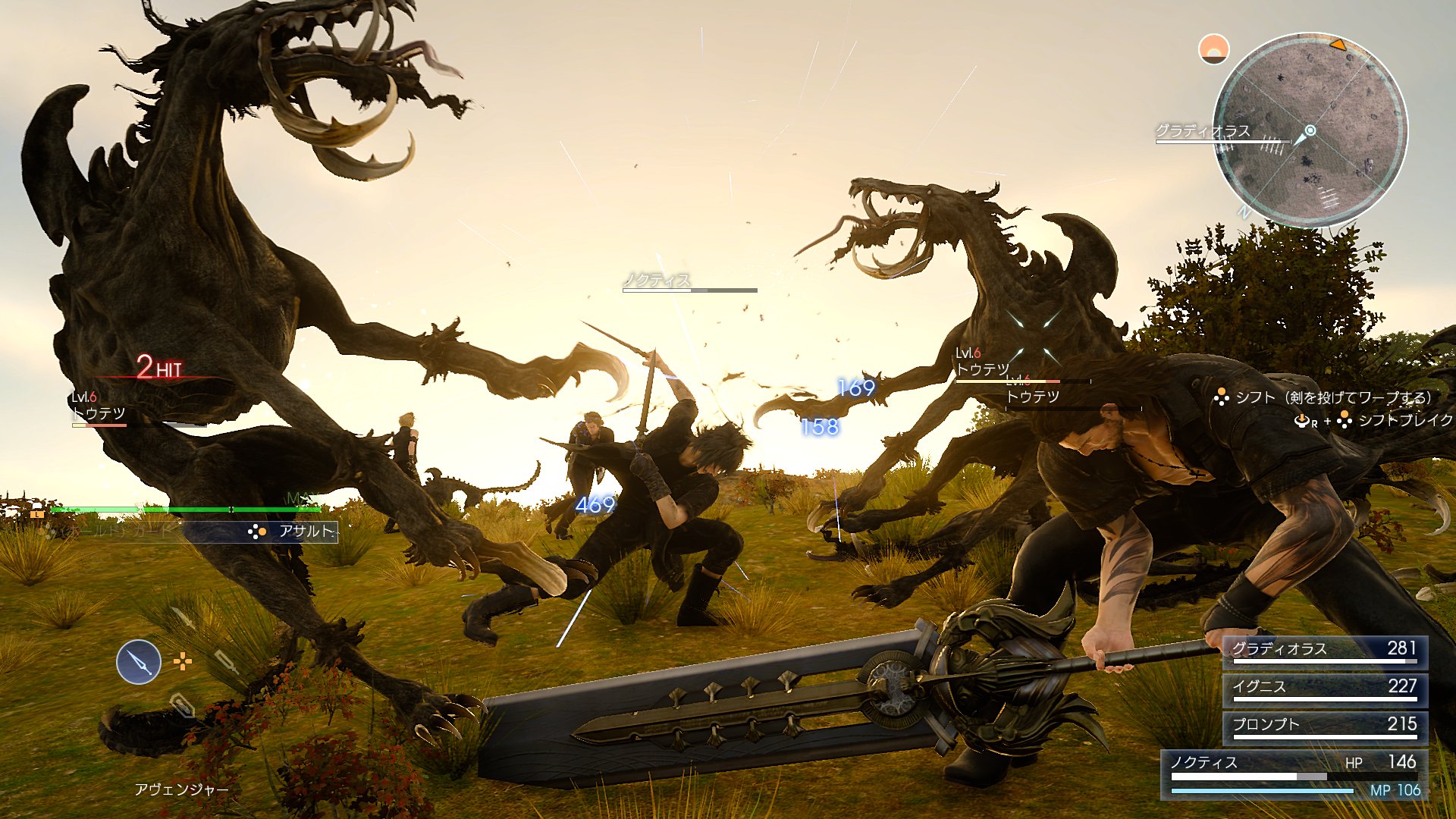
Though FFXIV came close to the idea of an action RPG, Square Enix had still never quite truly made a Final Fantasy game in that format before. Final Fantasy XV (2016) was the first to buck the trend, but the decision for this wasn’t too surprising. As the video game industry grew and evolved, it had come to find a big market in open-world games. Not to mention that much of the western audience had grown to prefer seamless experiences rather than the constant menu-ing that Final Fantasy was known for.
The Active X Battle (AXB) system planned to address this, featuring fights that were very hands-on and involving. Like FFXII and the MMORPGs, exploration fluidly transitioned into battle against roaming monsters. Players controlled a character named Noctis throughout the game, who was accompanied by his three-man retinue (controlled by AI). Similar to any modern action hack and slash, players could attack and evade at the press of a button.
As Noctis, players could equip four weapons at a time, which could then be selected between the four buttons on the D-Pad. Weapons came in a good variety, ranging from pistols and shields to greatswords and daggers, all with their own unique movesets.
Players could develop their own preferred playstyle with these weapons, and even craft unique combos by switching weapons mid-battle.
Skill and dexterity now played more a bigger role in battles than ever, but the game still contained plenty of RPG elements to keep the system palatable for strategy-oriented players. Noctis’ MP could be used as a resource to automatically evade attacks without needing skilled reactions. Similarly, he could perform Warp Strikes using MP, which involved throwing his weapon at an enemy and teleporting towards it for a devastating attack.
Players could also choose to circle enemies and deliver a Link-Strike attack with his allies, which activated whenever enemies are hit from their blindside. All of these aspects could be upgraded and strengthened via the game’s Ascension skill tree.
Noctis’ allies were also able to perform various abilities upon command. Depending on what the player chose, the effects of these abilities functioned to recover the party’s health, have them team up for an overwhelming attack, or simply pull Noctis out of danger. Interestingly, this feature utilized a three-segment ATB gauge (akin to FFXIII’s multi-segment ATB gauge), which proved to be a reassuring feature for long-time fans who were anxious about Final Fantasy’s shift to action.
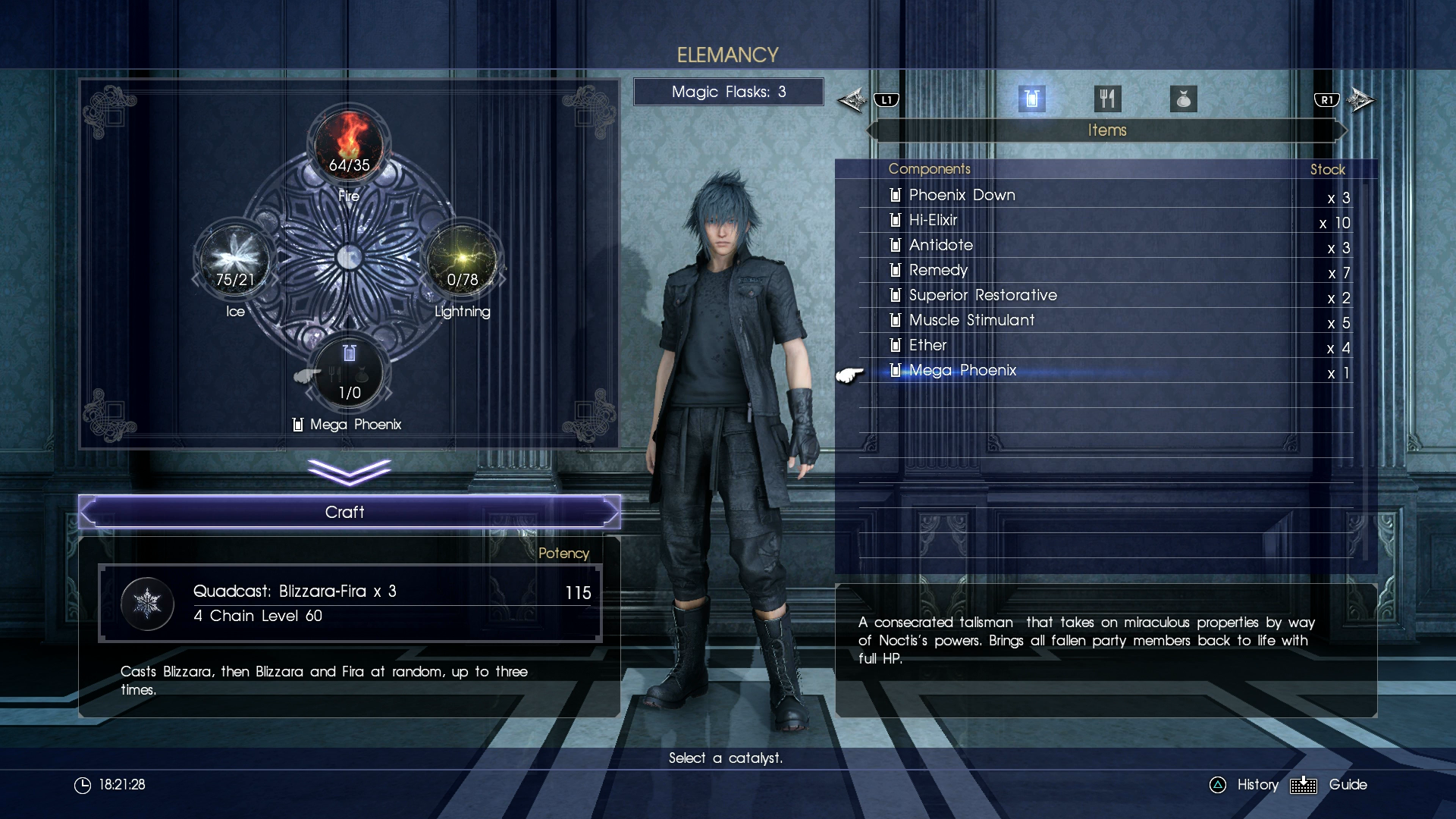
Magic, called Elemancy in this game, had a unique but also familiar flair to it. Taking some inspirations from Final Fantasy VIII, players had to absorb elemental energy from the land before being able to craft Magic Flasks, which could then be used as grenades. Though no items are necessary to craft basic spells, players had the option of throwing catalysts into the mix to produce different effects. Some examples include spells that poison the target, spells that activate again up to five times, spells that heal the user, and so on. However, Elemancy was also a double-edged sword as it could even affect allies. Its effects were also either stronger or weaker depending on the weather, forcing players to consider risks and rewards before using this powerful feature.Â
Much skepticism was pointed towards FFXV for featuring only a single playable character. Square Enix eventually responded to this criticism by making the rest of the cast playable through a free update. However, it’s clear here that the company was driven by a desire to invest in AI technologies and provide players with a party that fought competently alongside them as though they were truly alive.
In that respect, FFXV does shine best as a foundation for Square Enix’s next big Final Fantasy game.

By Alleef Ashaari|January 23, 2024
Tekken 8 is now available for the PS5, Xbox Series X/S and PC. You can check out my full review of the game by heading here. There are multiple modes ...
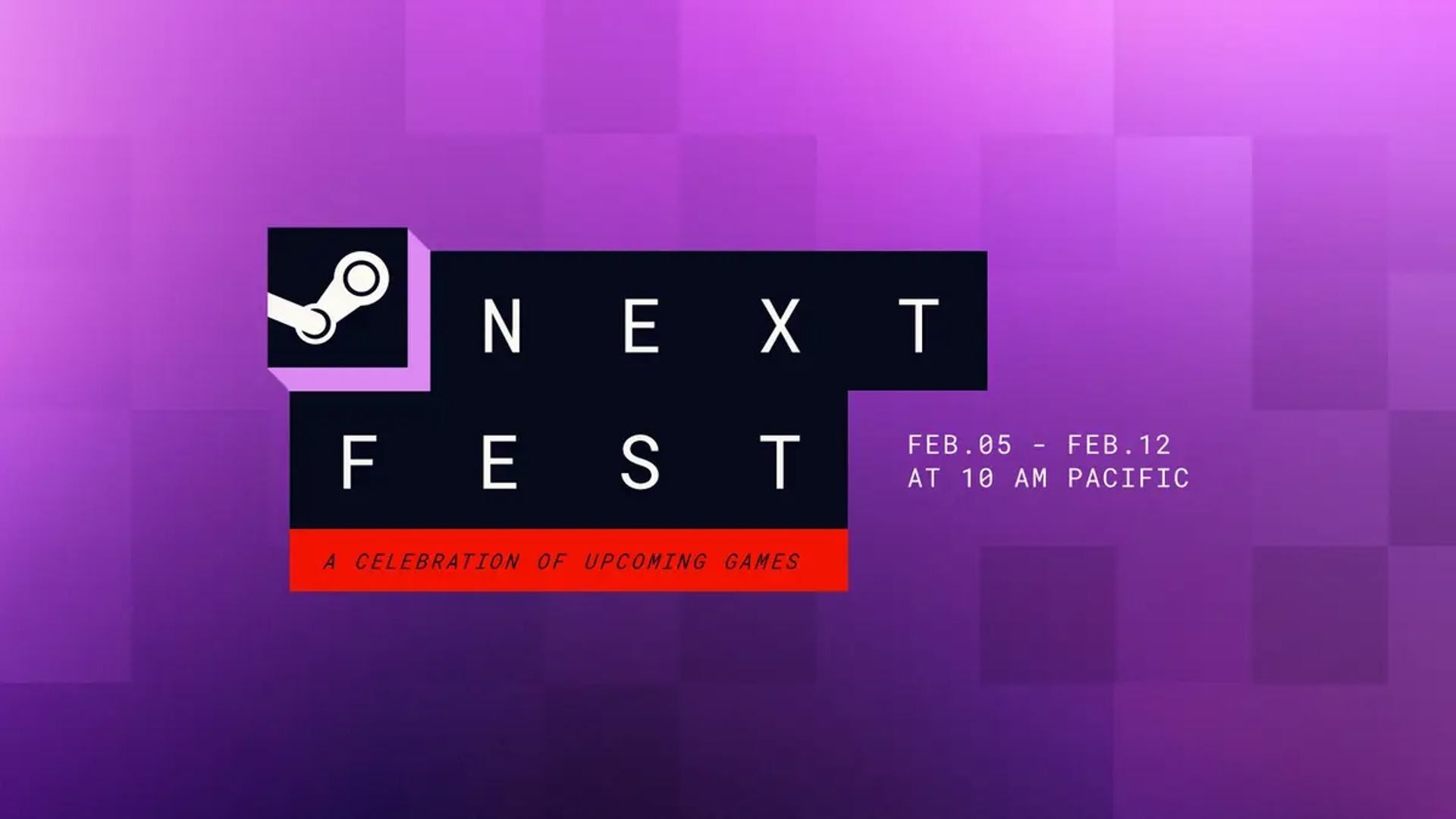
By Team KKP|February 6, 2024
Steam Next Fest is a week-long celebration featuring free playable demos, as well as developer livestreams and chats. It's returning from today until ...
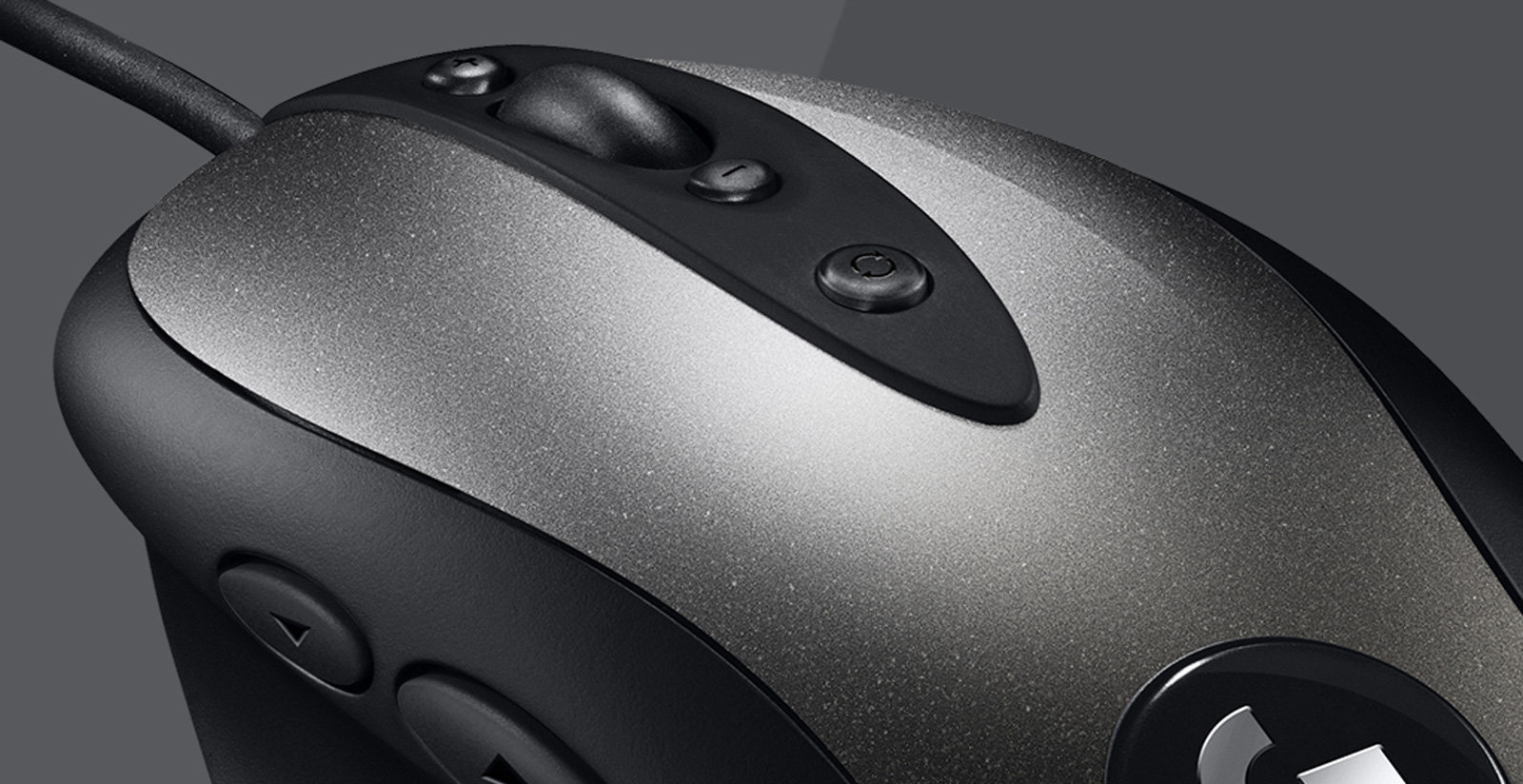
By Team KKP|February 7, 2020
With all that Ang Pow money you got from Chinese New Year house-visiting and elderly inquisition, why not spend it on the one thing that matters in PC...

By Mr Toffee|November 20, 2024

By Team KKP|October 29, 2024

By Kenn Leandre|October 25, 2024

By Mr Toffee|October 24, 2024

By Team KKP|October 21, 2024

By Lewis "lickety" Larcombe|September 18, 2024

By Alisha Alix|August 20, 2024

By Alleef Ashaari|July 17, 2024

By Team KKP|July 1, 2023

By Alleef Ashaari|August 2, 2021
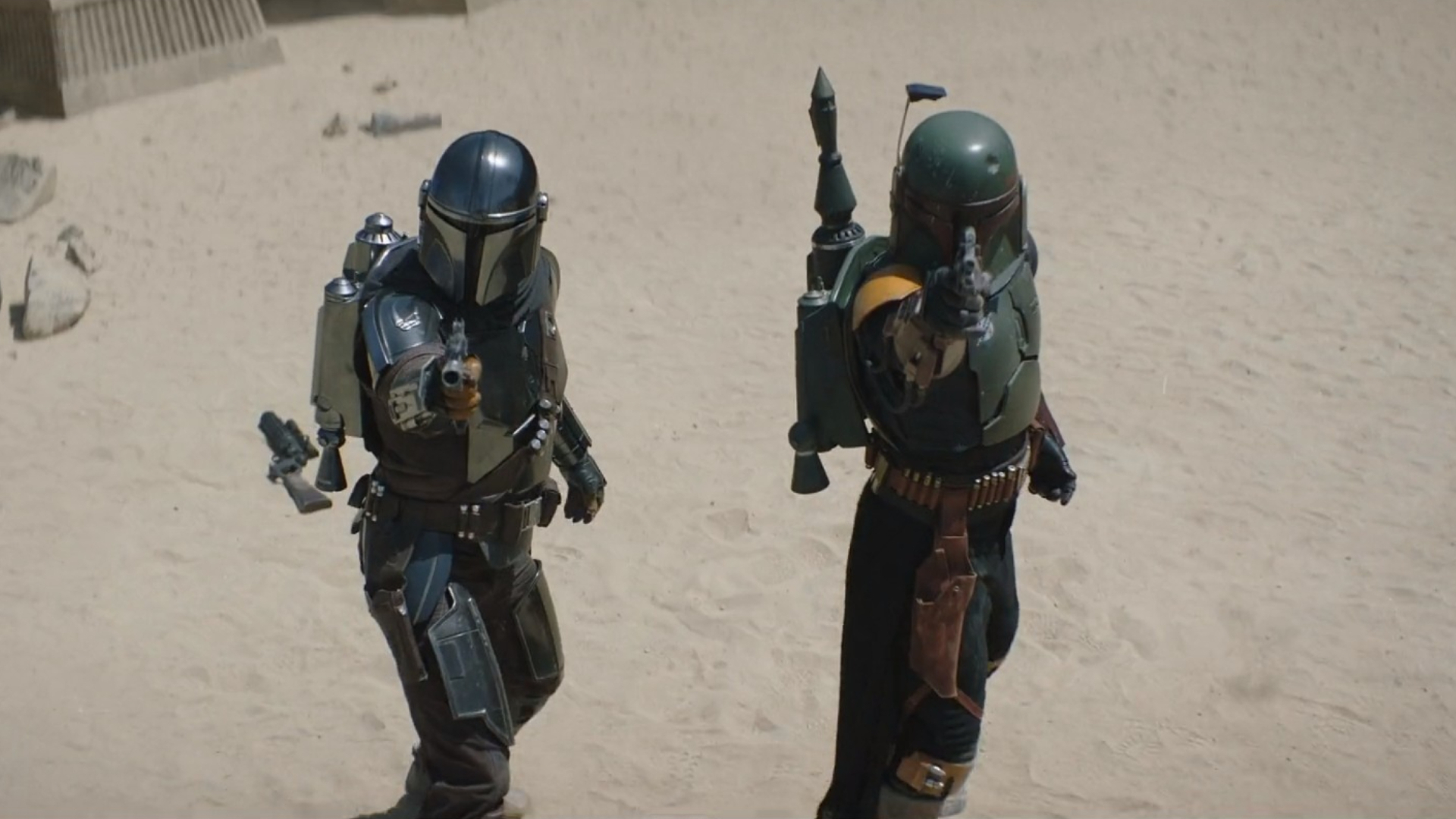
By Alleef Ashaari|February 9, 2022

By Mr Toffee|November 20, 2024

By Team KKP|October 29, 2024

By Kenn Leandre|October 25, 2024

By Mr Toffee|October 24, 2024

By Team KKP|October 21, 2024

By Lewis "lickety" Larcombe|September 18, 2024

By Alisha Alix|August 20, 2024

By Alleef Ashaari|July 17, 2024

By Team KKP|July 1, 2023

By Mr Toffee|November 23, 2024

By Mr Toffee|November 20, 2024

By Team KKP|October 29, 2024

By Kenn Leandre|October 25, 2024

By Mr Toffee|October 24, 2024

By Team KKP|October 21, 2024

By Lewis "lickety" Larcombe|September 18, 2024

By Alisha Alix|August 20, 2024

By Alleef Ashaari|July 17, 2024

By Team KKP|July 1, 2023
Copyright @ Kakuchopurei 2024